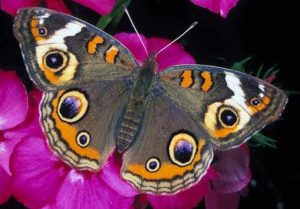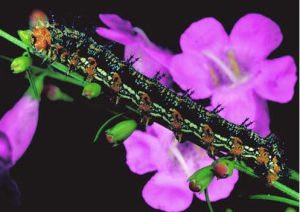Welcome back to our monthly blog in which we discuss a few interesting facts about butterflies in general and a specific type of butterfly each month.
Of the six known butterfly families, this month we will address the last two, the brush footed and skipper families. Brush footed butterflies are the largest of the families with more than 6000 species known worldwide. They walk only on their 4 hindlegs, the first set being much smaller and covered in hairlike scales, which gives them their name and distinguishes them from other families. The females often use their hairy forelegs to assess the chemical structure of a plant to see if it is suitable to lay their eggs on. Their caterpillars are often covered in spikes.
Skippers are named for their quick hopping flight pattern which makes it look like they ‘skip’ from one flower to the next. Skippers have relatively heavy furry bodies with long narrow wings and therefore need to fly fast to stay airborne. Because of those stout hairy bodies and often rather dull colors, they are sometimes mistaken for moths and are by some scientists considered a transitional family between butterflies Their caterpillars tend to be smooth with bigger heads than other families.
The Common Buckeye

There is nothing common about the buckeye other than it resides in Florida year-round. It is easily recognized by the large, target shaped eyespots along its outer wings. Interestingly, adults that are produced in the summer tend to be tan in color, while those that are ‘born’ in winter are reddish brown. Many migrate north in summer but cannot reside there year-round as they do not survive freezing temperatures.

They lay their eggs on a variety of plants including snapdragons, plantains and false foxglove. The larvae are mostly black with lateral white to pink stripes, orange patches and spikes that are harmless to humans.
Please join us again next month when we will discuss butterfly predators in general and the, love ‘em or hate ‘em, cabbage white butterfly in particular.
For additional information please visit https://gardeningsolutions.ifas.ufl.edu/design/types-of-gardens/butterflygardens.html
Written by Carin Ashman, UF/IFAS Extension Clay County Master Gardener Volunteer
 4
4
